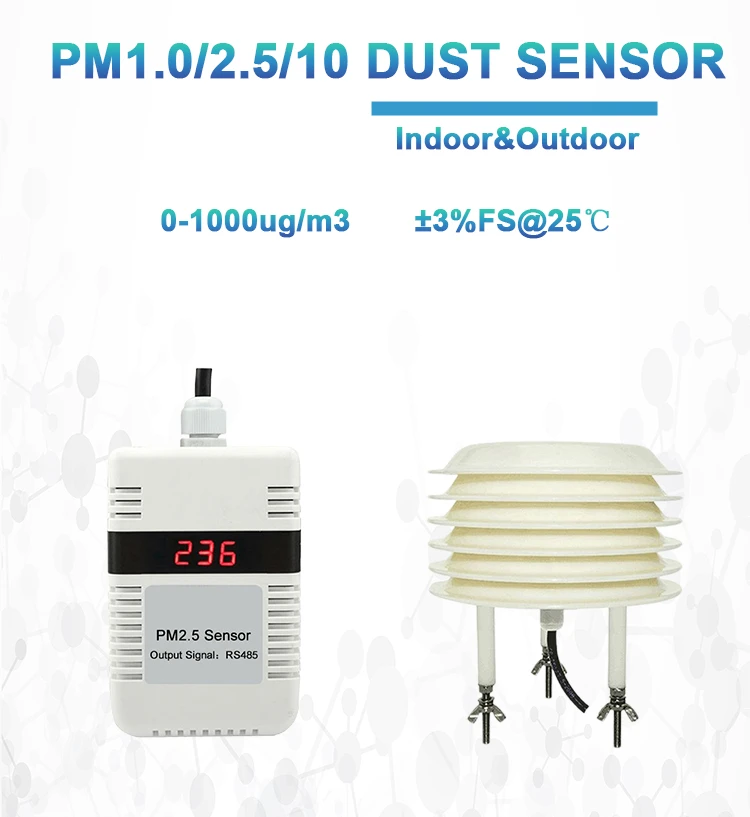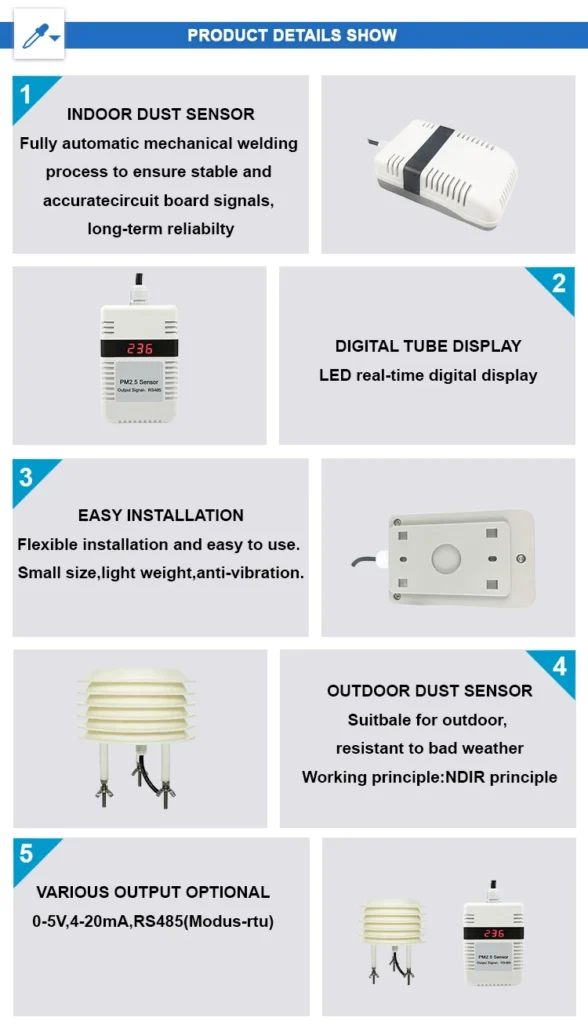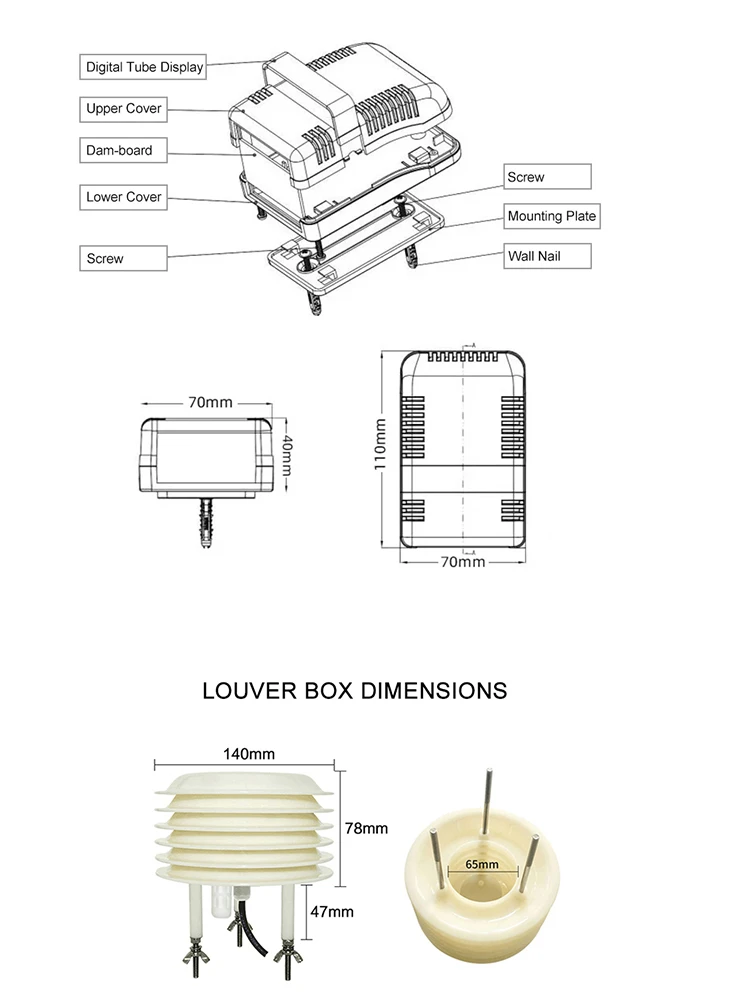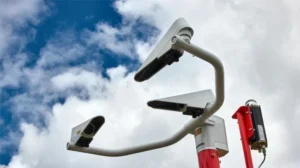How Is PM 2.5 Measured?
PM 2.5 is tiny particles in the air. They have a size of 2.5 microns or less. These tiny particles can carry harmful substances. This poses serious risks to human health and the environment.
They stay in the air for a long time and can travel far. This makes them quite dangerous. We cannot see PM2.5 with our eyes.
So, we need special sensors to measure its levels accurately. Right now, different methods are used to measure PM2.5 levels. Here are the methods:
1. **Infrared and Turbidity Methods**:
These techniques depend on studying how clear the air is by using light intensity. In the turbidity method, light shines from one side and is received on the other. More air turbidity causes more energy loss.
This method is not accurate for measuring PM2.5. It cannot distinguish between different particle sizes. Dust on the emitting and receiving parts can lower accuracy even more. Because of this, sensors that use these methods are mostly for qualitative assessments, not for quantitative measurements.
2. **Gravimetric Method**:
This technique involves taking a set amount of air using a sampler with special cutting features. Particles such as PM2.5 and PM10 are gathered on a filter that has a known weight. We find their concentration by looking at the filter’s weight before and after we take a sample.
Measurements are shown in micrograms for each cubic meter (µg/m³). The air volume sampled must be changed to standard conditions (0°C and 101.3 kPa) for accurate reporting.
3. **Micro-Oscillating Balance Method**:
The TEOM method uses a tube that moves back and forth. This tube has a filter at the end.
As air moves through the filter, particles build up on it. This makes the tube heavier. It changes how often the tube shakes.
This change is used to find the mass of the particles that were deposited. By using this data along with airflow rate, temperature, and pressure, we can find PM2.5 levels accurately.
4. **Beta Ray Absorption Method**:
This method uses Beta rays to measure how much particulate matter is present. Air is pulled through a sample pipe and filtered. This process puts particles onto a filter membrane.
The instrument measures PM2.5 levels by checking how Beta rays are weakened as they pass through a filter. This method uses a system that measures things in real-time. It looks at how particles evaporate during the process. This leads to very reliable data.
5. **Laser Scattering Method**:
This method uses laser technology to detect scattered light. It measures how bright the light is. It also looks at changes in frequency and angles.
This helps us look at particle weight, size, and structure. Laser scattering is a flexible method. It is often used to study different types of airborne particles.
conclusion
The Coda CDW-21A device uses a new type of laser scattering technology. It measures small particles, like PM2.5, PM10, and TSP. Air enters the equipment through the inlet. A power pump in the monitoring station helps with this.
Before analysis, the air goes through a system that takes out moisture. This takes away extra moisture and makes sure the readings are accurate.
From there, particulate matter is carried into the air quality sensor with the help of aerodynamic forces. Coda’s new method collects data at two frequencies. This helps the device sort particles better. It measures how much there is and the size in each volume unit.
It uses a special algorithm to measure the levels of PM2.5, PM10, and TSP in the air. The data is sent to a cloud platform for monitoring the environment. It uses GPRS or 4G. This allows for 24-hour online monitoring of air quality.














